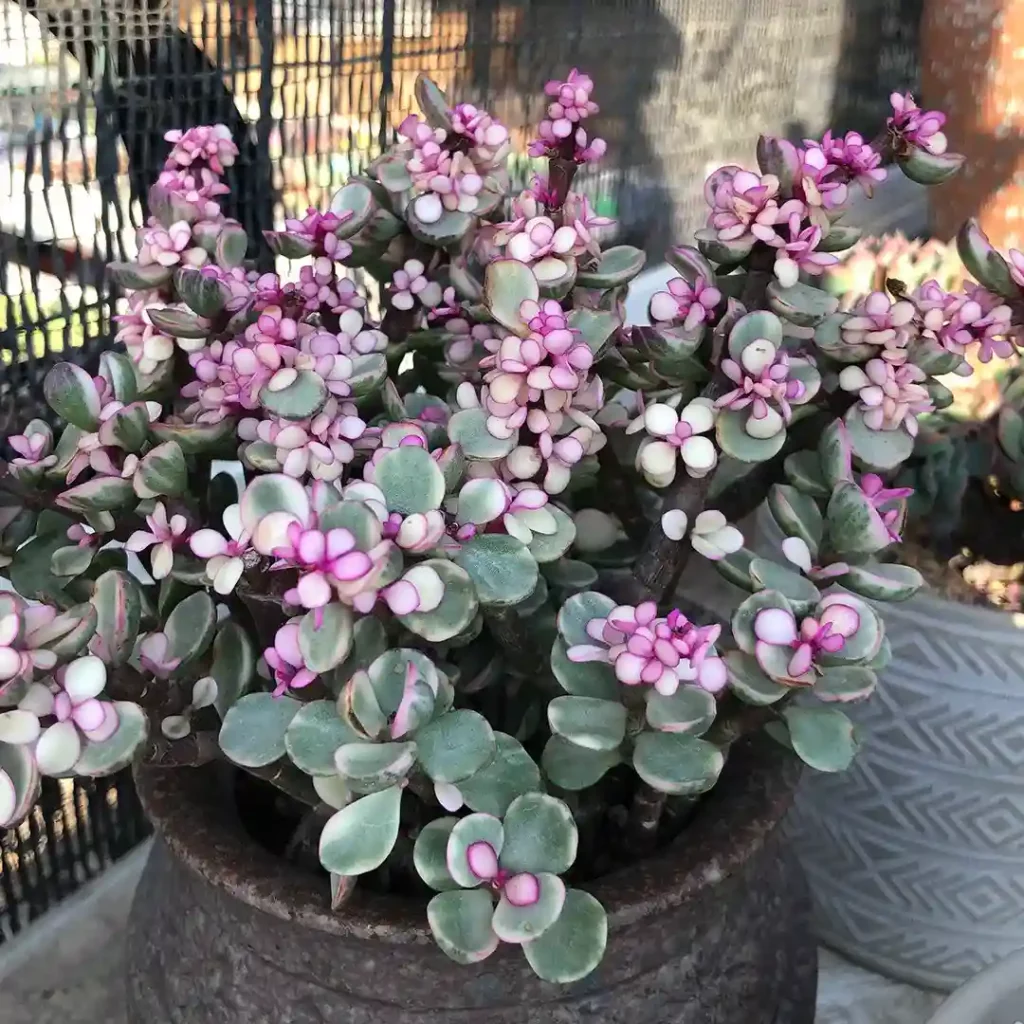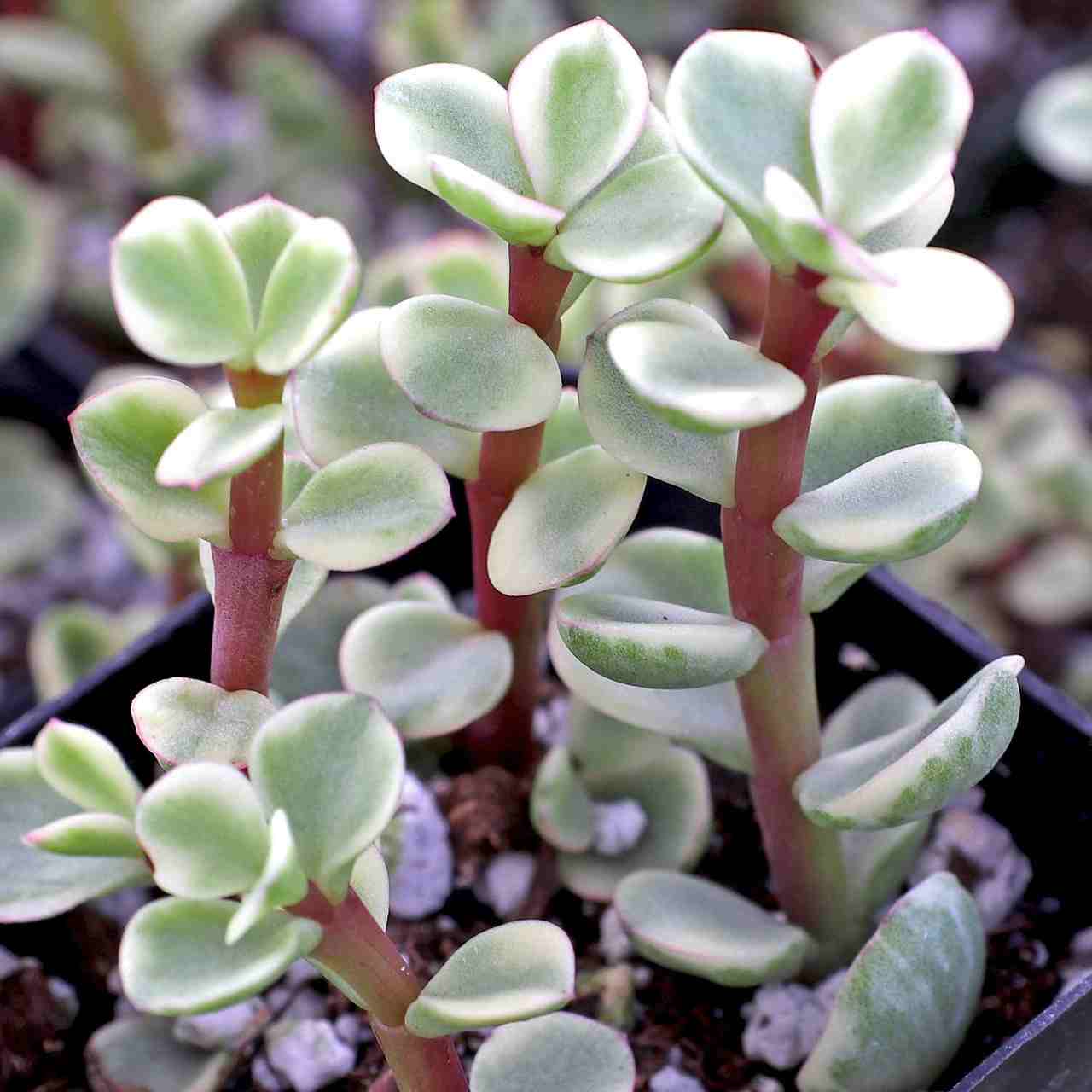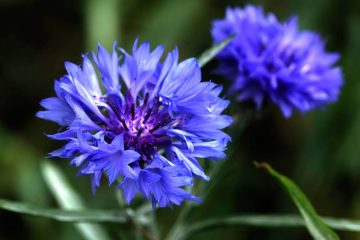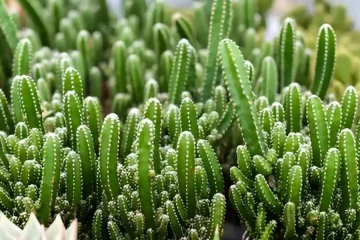Rainbow Elephant Bush- An Overview
Rainbow Elephant Bush, also known as variegated elephant bush or rainbow portulacaria plant is a stubby, perennial shrub with reddish-brown stems and fleshy white leaves.
Native to Africa, the elephant bush earns its name from its popularity as a snack among elephants. As for the rainbow portulacaria plant, it thrives in warm climates, ideally suited for USDA plant hardiness zones 10 and 11. Due to this, it’s commonly cultivated indoors. While it can soar to heights of up to 20 feet (6 m.) in its natural habitat, as a slow-growing species, it typically remains under 10 feet (3 m.) when grown in home gardens. By opting for a small container, you can further regulate its size to suit your space.

Basic Care Requirements
Water Requirements
The fleshy leaves of the rainbow elephant bush store ample water, making it well-suited to slightly arid soil conditions. To minimize the need for frequent pruning, reduce watering for established plants. During late spring and early summer, when the plant experiences rapid growth, ensure the soil remains moist but avoid waterlogging. Excess moisture can lead to stunted growth and leaf loss, while stagnant water may result in root rot. Given its sensitivity to heat, adequate ventilation is essential during summer months. Spraying water can help lower temperatures and mitigate heat stress.
Fertilizing Requirements
For optimal growth of rainbow elephant bush, only a minimal amount of fertilizer is required. During the spring and fall growing seasons, simply mix a small amount of nitrogen fertilizer into your watering can and apply it once a month. In early summer, encourage blooming by adding a small dose of phosphorus and potassium fertilizer. For varieties with spotted foliage, enhance the vibrancy of the variegated leaves by applying extra phosphorus and potassium fertilizer in both spring and summer. When repotting, incorporate organic fertilizer to support future growth. Rainbow Elephant Bush and Philodendron Melanochrysum prefer well-draining soil and benefit from regular watering, allowing the soil to dry out partially between waterings to prevent root rot
Sunlight Requirements
For optimal growth, ensure that the rainbow elephant bush receives a minimum of 4 hours of direct sunlight daily. This exposure aids in shaping the branches and enhancing the brightness of the leaves’ color. Under full sun conditions, new branches take on a fuchsia hue, while insufficient light results in green branches. During hot summer weather, provide adequate shading to prevent leaf shedding. While the plant can tolerate shade, prolonged exposure may lead to thinning leaves and diminished luster.
Temperature Requirements
Rainbow elephant bush thrives in warm temperatures, preferring an environment with temperatures ranging between 65°F to 85°F (18°C to 29°C). These conditions promote healthy growth and vibrant foliage coloration. Similar to Swiss cheese plants, which also prefer warm temperatures, rainbow elephant bush benefits from consistent warmth to flourish. However, unlike Swiss cheese plants, which can tolerate slightly cooler temperatures, rainbow elephant bush is more sensitive to cold and should be protected from frost and extreme fluctuations in temperature. Providing a warm and stable climate is key to cultivating robust and visually striking rainbow elephant bush specimens.
Soil Requirements
For optimal growth, rainbow elephant bush thrives in fertile, well-drained sandy soil with good air circulation, preferring a slightly acidic to neutral soils. Avoid planting it in clayey soil, as poor drainage can lead to root rot. Instead, opt for peat-based soil blends enriched with small quantities of perlite and vermiculite to support healthy growth. Similarly, like the rose-painted calathea, which also benefits from specific soil conditions, rainbow elephant bush flourishes when provided with the right soil composition for its needs.
How to Propagate Rainbow Elephant Bush?
To propagate rainbow portulacaria plant, take cuttings during spring, summer, or fall (and even winter if temperatures remain above 10°C). Choose sturdy branches with short internodes. Allow the cuttings to dry in a cool, well-ventilated area after sterilizing them. After preparing and moistening the soil, insert the branches, ensuring that any leaves along the inserted part are removed. Since the cuttings lack established root systems, it’s essential to keep them in a cool, airy location to prevent excessive water loss from direct sunlight. After approximately two weeks, when new roots have formed, transition the plants to partially shaded or sunny areas, maintaining moist soil without waterlogging.
How to plant Rainbow Elephant Bush?
To acquire rainbow portulacaria plant, consider purchasing potted plants or seedlings from your local garden center. For outdoor planting, opt for transplanting in the spring, avoiding the midday heat to prevent water loss and enhance survival rates. When preparing the planting site, enrich barren soil with organic fertilizer, mixing it thoroughly into the soil. After planting the seedlings, backfill the soil and ensure it’s adequately moistened with a sprinkler if necessary.
After one or two years, it’s advisable to repot the rainbow elephant bush, preferably in the spring. Retain a third of the original soil with the roots and introduce new soil, such as coarse sand or perlite, to improve air permeability and water drainage. Ensure the pot has drainage holes to prevent root rot. Allow the plant to acclimate after repotting, refraining from immediate watering. Wait for three to four days before resuming watering. Initially, keep the newly repotted plant in a slightly shaded, well-ventilated area away from intense light. After a week or two, the plant will acclimatize and no longer require shading, enabling normal growth.
How to Transplant Rainbow Elephant Bush?
To transplant a rainbow elephant bush, begin by selecting a suitable location with adequate sunlight and well-drained soil. Water the plant thoroughly a day or two before transplanting to ensure it’s hydrated. Dig a hole in the new location slightly larger than the plant’s root ball. Carefully remove the plant from its current container or location, gently loosening the roots. Place the plant in the center of the prepared hole at the same depth as it was previously planted and backfill with soil, firming it gently around the roots. Water the plant thoroughly after transplanting to settle the soil and provide moisture. Mulch around the base of the plant to retain moisture and suppress weeds. Monitor the plant regularly, providing appropriate care such as watering and fertilizing as needed to ensure successful establishment in its new environment.
How to Repot Rainbow Elephant Bush?
To repot a rainbow elephant bush, start by selecting a slightly larger pot with drainage holes at the bottom. Prepare a well-draining potting mix, preferably incorporating coarse sand or perlite for improved drainage. Carefully remove the plant from its current pot, gently loosening the roots and shaking off excess soil. Place a layer of fresh potting mix at the bottom of the new pot. Position the rainbow elephant bush in the center of the pot, ensuring it sits at the same depth as before. Fill the pot with more potting mix around the roots, firming it gently to provide support. Water the plant thoroughly to settle the soil and encourage root establishment. Allow the plant to acclimate in a slightly shaded area with good airflow for a few days before gradually reintroducing it to its usual growing conditions. Resume regular watering and maintenance once the plant has adjusted to its new pot.
Common Pests & Diseases
It is generally resilient, but it may still encounter some common pests and diseases. Pests that may affect rainbow elephant bush include mealybugs, spider mites, and scale insects. Mealybugs appear as white, cottony masses, while spider mites are tiny arachnids that create fine webbing on the plant. Scale insects are often found as small, raised bumps on stems and leaves. To combat these pests, regularly inspect the plant for signs of infestation and treat with neem oil or insecticidal soap if necessary. Additionally, rainbow elephant bush may be susceptible to root rot if overwatered or planted in poorly-draining soil. To prevent root rot, ensure the plant is potted in well-draining soil and allow the soil to dry out between waterings. Prune any damaged or diseased parts of the plant to promote overall health and vigor. Regular maintenance and proper care practices can help prevent and manage common pests and diseases in rainbow elephant bush.




